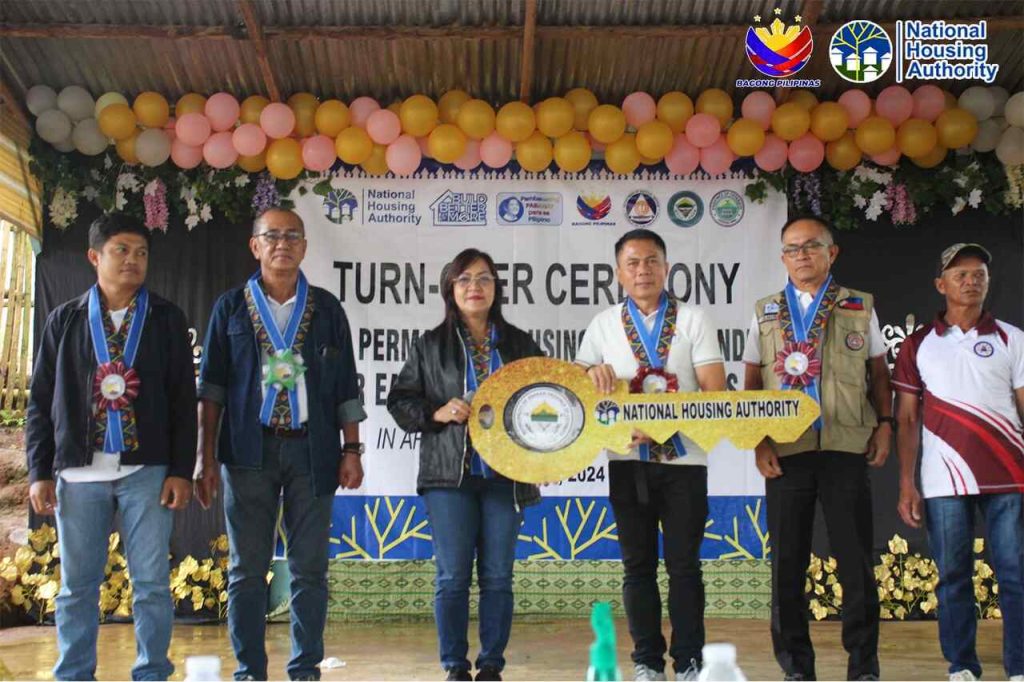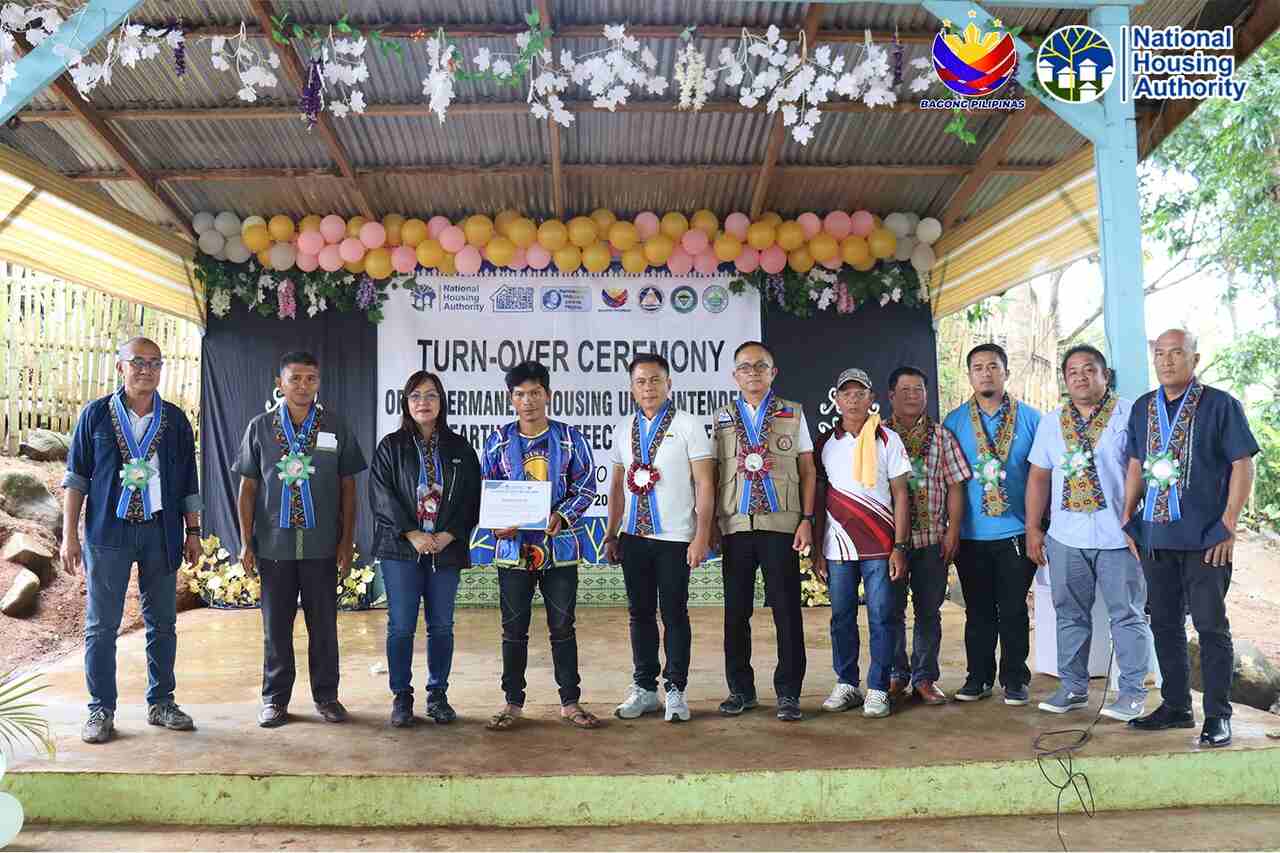When calamities strike—typhoons, earthquakes, landslides, volcanic eruptions, or fires—many Filipino families are left with damaged or destroyed homes. To support affected families and communities, the government, through the National Housing Authority (NHA), offers the Housing Assistance Program for Calamity Victims (HAPCV).
The Housing Assistance Program for Calamity Victims (HAPCV) is a nationwide initiative by the NHA. It aims to provide permanent shelter and financial support to low and marginal-income families and informal settler families (ISFs) affected by various disasters. Whether it’s through relocation housing or housing materials support, this initiative gives displaced families the opportunity to start over in a safer and more stable environment. This guide will walk you through what the HAPCV is, who qualifies, what types of assistance are available, and how to apply and enjoy the full scope of this NHA housing program.
Program Types

The HAPCV is a nationwide program that covers two types of housing assistance:
- Relocation and Resettlement Housing: for families whose homes were destroyed and are no longer safe to live in.
- Housing Materials Assistance (HOMA): for families whose homes are partially damaged but still located in safe zones and do not require relocation.
How Does HAPCV Work?
The NHA, in partnership with local government units (LGUs), provincial offices, and agencies like the Office of Civil Defense (OCD), implements the program by:
- Constructing permanent housing units in safe locations
- Providing housing materials for self-repair if relocation isn’t necessary
- Coordinating with local authorities to identify beneficiaries
- Conducting site development and infrastructure support (e.g., roads, drainage, water systems)
For example, in Arakan, Cotabato, the NHA handed over housing units to Manobo-Tinananon families affected by the 2019 earthquakes. This was part of a 151-unit project amounting to ₱49.7 million, jointly implemented with the OCD-XII, Provincial Government of Cotabato, and the Arakan LGU.
Target Beneficiaries
This program is designed to support the following groups who are most affected by disasters and in need of housing assistance:
- Low-income families
- Marginal-income households
- Informal settler families (ISFs)
- Families displaced by typhoons, earthquakes, landslides, volcanic eruptions, and fires
- Residents in high-risk or hazard-prone areas
- Families with partially or fully damaged homes due to calamities
Who Can Apply?
To be eligible for the HAPCV:
- You must be a low-income earner, part of a marginalized sector, or belong to an informal settler family (ISF).
- Your home was destroyed or damaged by a natural or man-made calamity.
- Your residence is located in either a relocation zone (unsafe area) or a safe zone with partial damage.
Requirements
Prior to application, it’s best to get the required documents ready for submission. These requirements include:
- Barangay certification stating calamity-affected status
- Valid ID(s) of family members
- Proof of residence
- Damage assessment report (if applicable)
- Other documents required by the LGU or NHA regional office
How to Apply for Housing Assistance under HAPCV
If you or your community were affected by a disaster and meet the eligibility requirements, here’s a step-by-step guide on how to apply for NHA’s HAPCV:
Step 1: Coordinate with Your Local Government Unit (LGU)
- Visit your barangay hall or municipal office.
- Inquire about ongoing NHA housing assistance programs or registration periods for HAPCV beneficiaries.
- The LGU usually works with the NHA to identify and validate affected families.
Step 2: Submit Required Documents
Prepare the required documents listed above.
Step 3: Assessment and Site Evaluation
- The NHA and LGU will verify your eligibility, assess the extent of damage, and determine if you require relocation or housing material assistance.
Step 4: Confirmation and Allocation
- Once approved, you will be listed as a beneficiary of HAPCV.
- If relocation is necessary, you will be assigned a housing unit in a designated resettlement area.
- If your home is repairable, housing materials assistance will be given instead.
What Happens After Receiving Assistance?
Beneficiaries relocated to resettlement sites will receive basic infrastructure services and access to utilities. In some cases, livelihood support and community development activities are also provided to help families adjust and thrive in their new communities.
For those receiving housing materials, LGUs may provide technical support for rebuilding homes.
Funding and Government Support
The government has allocated significant funds to support HAPCV initiatives. In recent updates, the Department of Budget and Management (DBM) released ₱12.259 billion to the NHA, where:
- ₱12.059 billion is allocated specifically for housing assistance for calamity victims.
- ₱200 million will be used to construct low-rise residential buildings in Region VI (Western Visayas) for informal settler resettlement.
According to DBM Secretary Amenah F. Pangandaman, housing remains a priority program under President Ferdinand Marcos Jr., reflecting the administration’s commitment to decent housing for disaster-stricken communities.
Calamities Covered by HAPCV
The NHA provides housing assistance and support for victims of various disasters across the country. Here are some of the major calamity events where HAPCV has been implemented:
1. Typhoon Yolanda (2013)
One of the strongest typhoons in Philippine history, affecting thousands in the Visayas. NHA implemented mass housing projects to relocate affected families.
2. Typhoon Nina (2016)
Implemented in 2020, this housing assistance was given to families in Region V severely affected by the typhoon.
3. Typhoon Usman (2018)
Housing assistance projects were launched in 2020 for affected families in Albay and Camarines Sur.
4. Typhoon Odette (2021)
Ongoing implementation across Region 13, Region 10, Region 8, Region 7, Region 6, and MIMAROPA for those affected by this massive typhoon.
5. Build Back Better Program
Formed by Executive Order No. 120 under former President Rodrigo Duterte, this initiative focuses on housing support for areas affected by:
- Typhoon Quinta
- Typhoon Rolly
- Typhoon Ulysses
6. Mindanao Earthquakes (2019)
Housing assistance provided to affected families in North Cotabato and Davao del Sur.
7. Naga City, Cebu Landslide (2018)
Shelter assistance was given to families affected by the landslide in Barangay Tinaan, Naga City.
8. Taal Volcano Eruption (2020)
Assistance was extended to displaced families impacted by volcanic activity in Batangas and surrounding areas.
Frequently Asked Questions (FAQs)
For your reference, here are some common questions and answers related to HAPCV:
1. Is HAPCV available year-round?
Availability depends on the scope of calamities and government funding releases. Always coordinate with your LGU or nearest NHA office.
2. Can I still apply if I already received assistance from another agency?
This depends on the type of assistance already granted. NHA will validate your eligibility based on existing support records.
3. Are informal settlers included?
Yes. Informal settler families (ISFs) are one of the program’s main beneficiaries, especially those living in hazard-prone areas.
Video: NHA Housing Programs
The NHA’s HAPCV is one of the numerous recovery mechanisms that the government has in place for thousands of Filipino families across the country. Whether it’s through relocation housing or housing materials support, this initiative gives displaced families the opportunity to start over in a safer and more stable environment. To learn more about the different housing programs offered by the agency, you may check out this video from the NHA:
If you or your community are affected, you may also inquire at the LGU or NHA regional office. The program is one of the most accessible forms of financial assistance and housing aid in the Philippines—and it could be your family’s first step toward a safer future.
